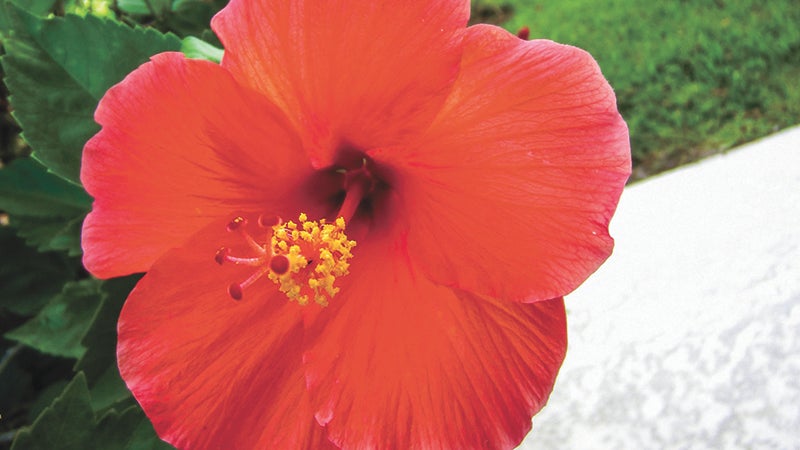After the rains cease, and heat begins, gardens need attention
Published 9:21 am Tuesday, June 30, 2015
By Jefferson County Master Gardener Micah Shanks
I think it is safe to say that we are all weary of the rain. Seems like there is either too much or too little. We are due for some “drying out.” The pleasant thing about the rain is that it kept temperatures down. When it stopped, you can bet we are complaining about the heat in no time!
If your garden has good drainage, most things should have survived. However, you may notice some yellowing as nitrogen and other nutrients have been washed out. Now is a good time to fertilize. One good source of pure nitrogen is blood meal. Follow directions on the bag and scratch it in around the base of the plants. They will green up seemingly overnight.
Our Texas summer heat is brutal to our plants. There are several heat tolerant flowers that you can still add that will take you through the season. For color in a sunny area, look for zinnias, marigolds, sunflowers, gazania, cockscomb and vinca. In an area that gets partial sun, choices include nicotiana (flowering tobacco), coleus, pentas and wax begonia. If you have a shady spot, brighten it up with impatiens. Many of these will bloom to the point of becoming “leggy”. This is when you have to steel yourself, get the shears and give them a good haircut. It’s hard to cut off all those blooms, but the plant will benefit from it and reward you with several more weeks of blooms.
When the weather heats up, the bugs come out. Watch closely for aphids, caterpillars and beetles. Sometimes, all you need to get rid of them is a strong blast of water. However, sometimes you need something stronger. Reach for natural controls like insecticidal soap and neem oil products.
If you see tiny white flies on any of your plants, you most likely have poor air circulation. Lack of circulation can also be the reason for many types of fungus, like powdery mildew. Make sure there is ample room between your plants so they can dry out in the humidity.
As for ornamental trees, crape myrtles are in full bloom now. Keep spent blooms pulled off as high as you can reach in order to keep the tree in bloom longer through the season. Just make sure you know the difference between a spent bloom and a new bloom! The new ones are very small; the spent ones are the size of a pea. The old ones will weigh down the branches.
For more information, contact Jefferson County Master Gardener Micah Shanks at mshanks52@gmail.com or call Texas A&M AgriLife Extension Service at 409-835-8461.


